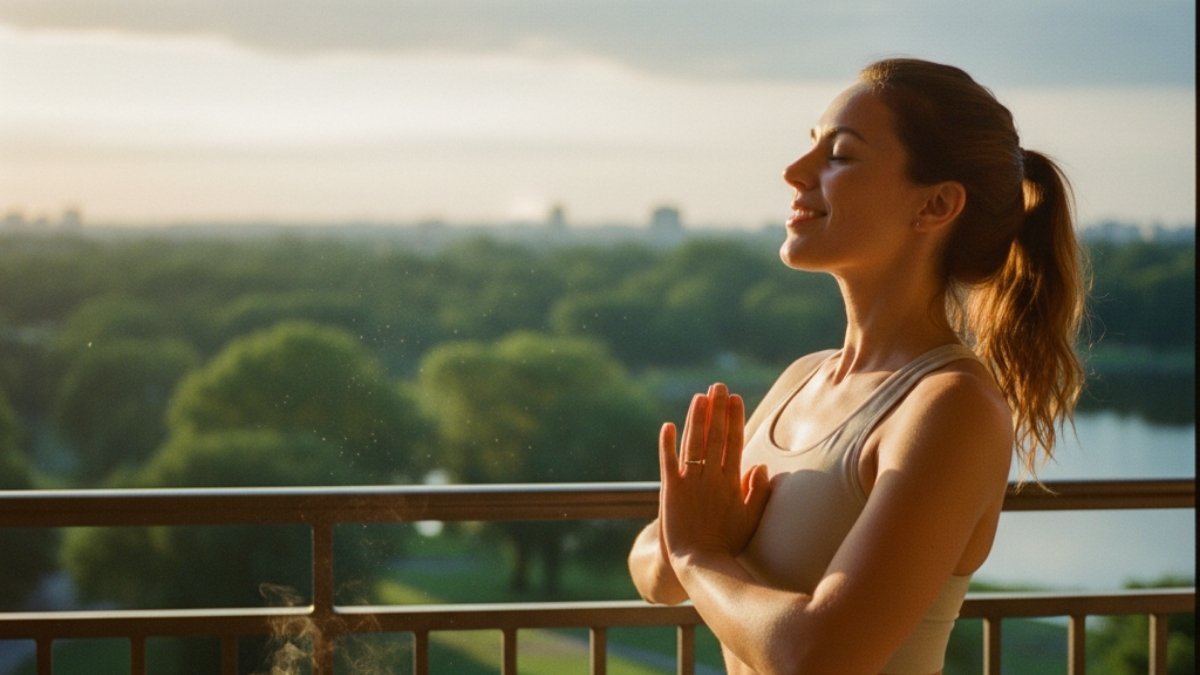
The one where you’ve slept a full eight hours, but you still wake up feeling like you’ve been hit by a truck. The brain fog is real. The energy just isn’t there. You reach for coffee, you push through, but there’s this nagging sense that something is fundamentally… off.
What if I told you that feeling isn’t just in your head? And that the solution isn’t another productivity hack or a stricter bedtime, but something far more ancient and intuitive?
It all comes down to light.
Not just any light. Not the harsh glare of your office fluorescents or the blue glow of your phone at midnight. I’m talking about the specific quality of light that our brains have been hardwired to expect for millennia. We’ve drifted so far from this natural rhythm that we’ve forgotten the language light speaks to our biology. And honestly, it’s messing us up. It’s making us tired, moody, and it might even be accelerating how our brains age.
But here’s the good news. You can learn that language again. You can fix this. And it starts with understanding the incredible, intricate dance that happens between the sun and your brain every single day.
Your Brain’s Master Clock and the Light That Runs It
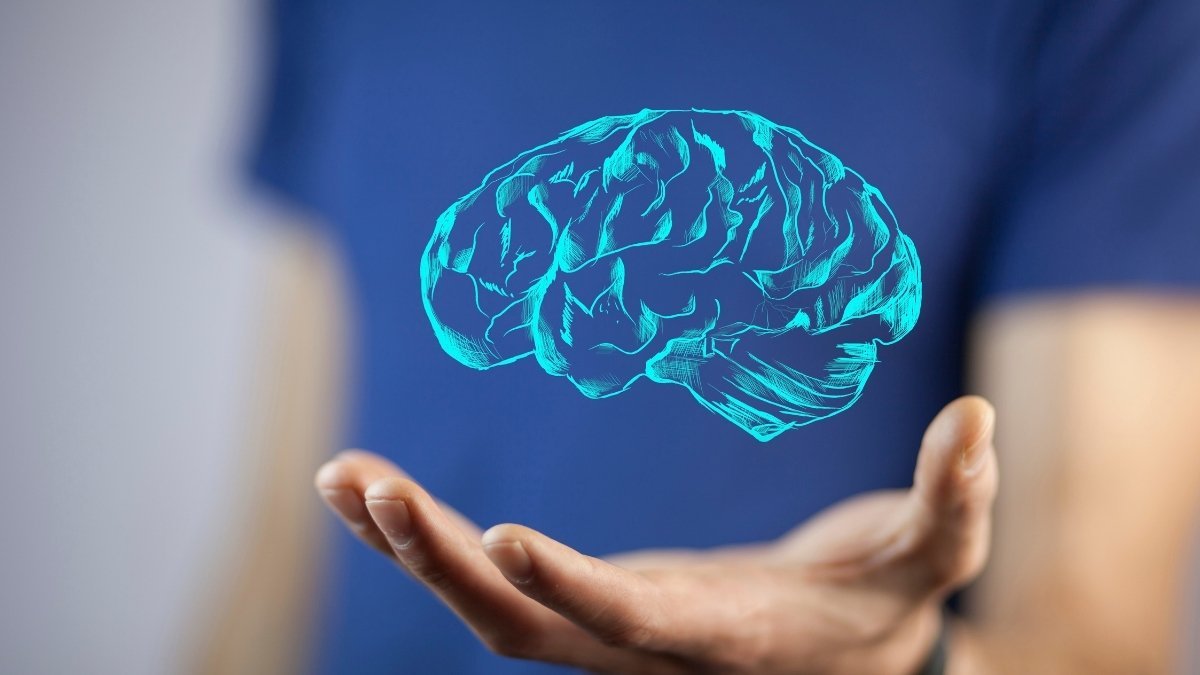
Deep inside your brain, there’s a tiny cluster of neurons that acts as your body’s master clock. It’s called the suprachiasmatic nucleus (SCN), which is a mouthful, so let’s just call it the Boss. This little Boss is in charge of your circadian rhythm—the 24-hour cycle that tells you when to feel awake and when to feel sleepy.
But here’s the catch: the Boss isn’t perfect. It needs to be reset every single day. And its most powerful instruction manual is light.
Your Brain’s Wake-Up Call
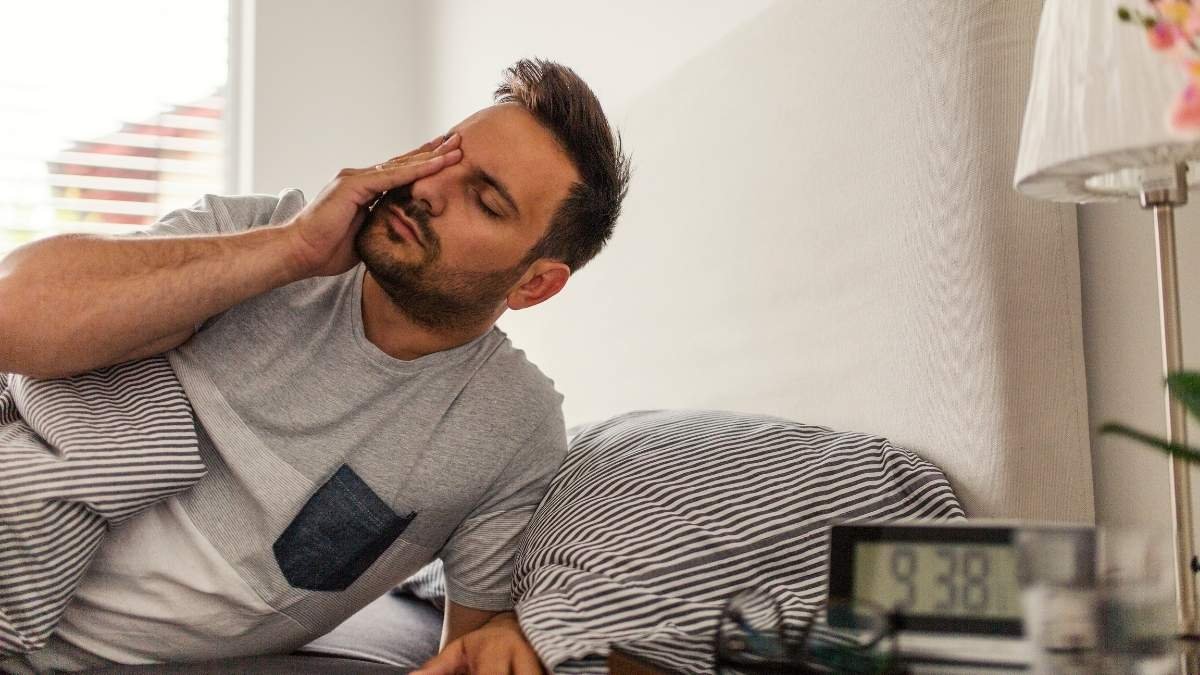
Think about what happens when you wake up. That first hit of morning light strikes a special set of cells in your eyes called ipRGCs. These aren’t the cells you use for seeing, but rather for sensing time. They send a direct message to the Boss that says, “Hey, the day has started!”
The Boss immediately gets to work.
First, it slams the brakes on melatonin, the hormone of darkness that makes you sleepy. Then, it hits the gas on cortisol. Now, cortisol gets a bad rap as the “stress hormone,” but a sharp, healthy spike in the morning is exactly what you want. It’s your body’s natural cup of coffee, waking you up, mobilizing energy, and getting you ready to tackle the day. At the same time, this light triggers a release of serotonin, a neurotransmitter that just makes you feel good.
This morning signal is so crucial because it’s predictive. By seeing that first light, the Boss doesn’t just start your day; it sets a timer for when to end it. It calculates, “Okay, based on this, we’ll need to start winding down in about 12 to 14 hours”. This single event orchestrates thousands of other processes, from your metabolism to your immune system.
Not All Light Is Created Equal
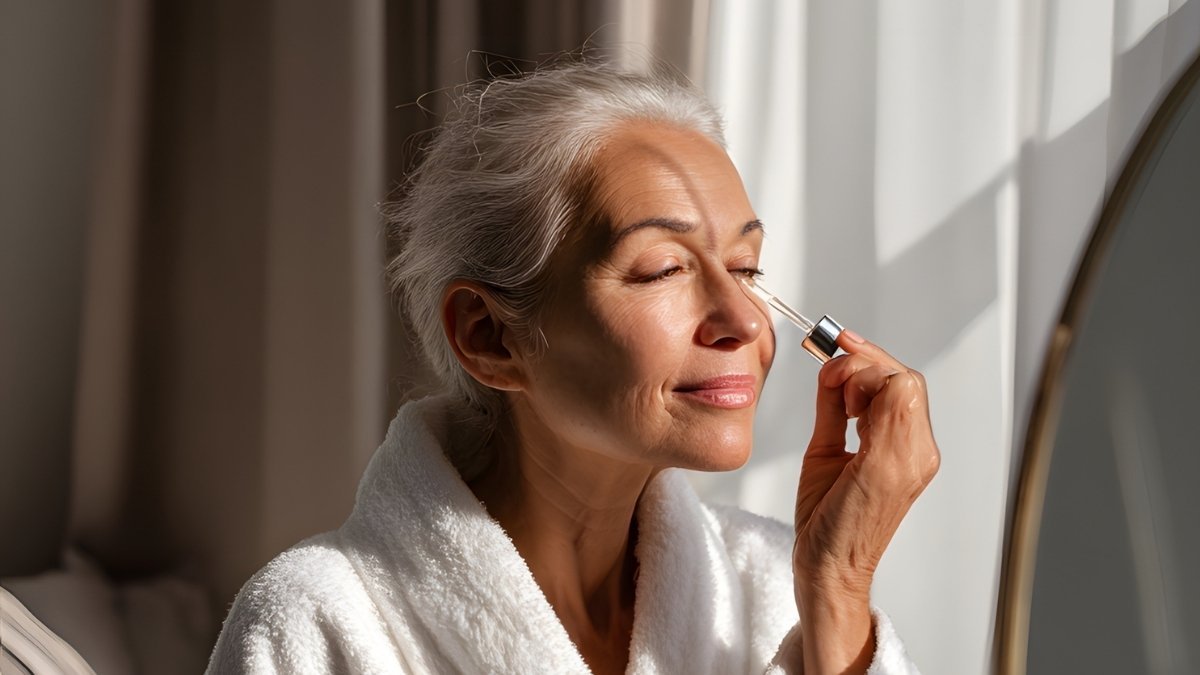
Here’s something we’ve forgotten: the quality of light matters. Your brain is a connoisseur. It can tell the difference between the junk food of artificial light and the nutrient-dense meal of natural sunlight.
The science is clear: our brains are most sensitive to blue light, the kind that’s abundant in the midday sun and, unfortunately, in our phone screens and LED bulbs. During the day, this is great. Blue light makes us alert and sharpens our memory and attention.5 But at night, it’s a disaster.
Different “colors” of light can even tune our brain circuits. Studies using fMRI scans show that blue light changes the connection between our emotional center (the amygdala) and our rational decision-making center (the prefrontal cortex). This might be why light therapy is so effective for things like seasonal depression.
And then there’s the intensity. Even on a cloudy day, the light outside can be 25,000 lux (a measure of brightness). Direct sun is over 100,000 lux. Your standard office? You’re lucky if it hits 500 lux. For our biology, living indoors is like living in a perpetual state of twilight. We’re giving our brain a weak, mumbled signal when it’s expecting a clear, loud command.
Your Brain’s Nightly Cleanup Crew
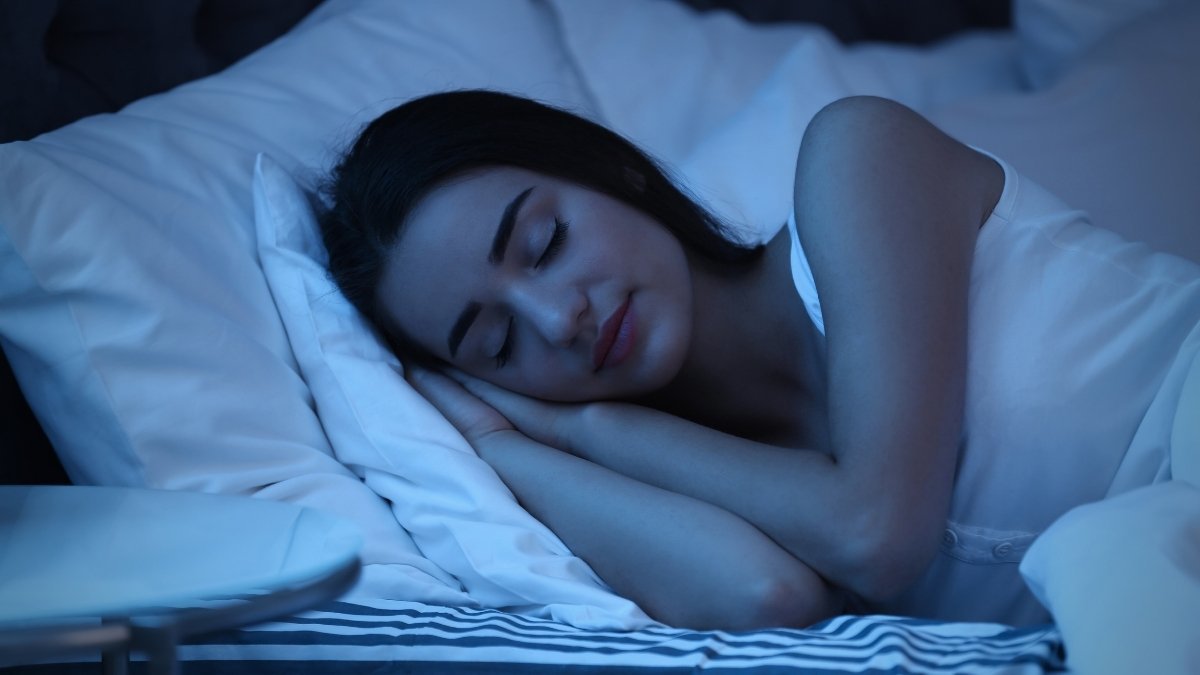
While you’re asleep, your brain isn’t just offline. It’s running a deep-cleaning cycle. This is managed by something called the glymphatic system, which is basically the brain’s sanitation department. All day long, your brain cells are working hard and producing metabolic waste, including toxic proteins like amyloid-beta and tau—the same proteins that build up in Alzheimer’s disease.
The glymphatic system’s job is to flush all that gunk out. But here’s the critical part: it works best during deep, restorative sleep. And what controls the timing and quality of that deep sleep? You guessed it—the Boss, your circadian clock.
A healthy rhythm, anchored by bright morning light, ensures your cortisol is low at night, which gives the cleanup crew the green light to get to work. When that rhythm is disrupted by, say, scrolling on your phone in bed, the whole process gets sabotaged. The waste doesn’t get cleared out properly.
Think about it that way. Every time you expose your eyes to bright light late at night, you’re essentially telling the sanitation crew to take the night off. Do that over and over, and the trash starts to pile up. This isn’t just about feeling groggy; it’s a direct mechanism for promoting the buildup of proteins linked to neurodegenerative disease.
The Unseen Damage: How Our Modern World Is Aging Your Brain
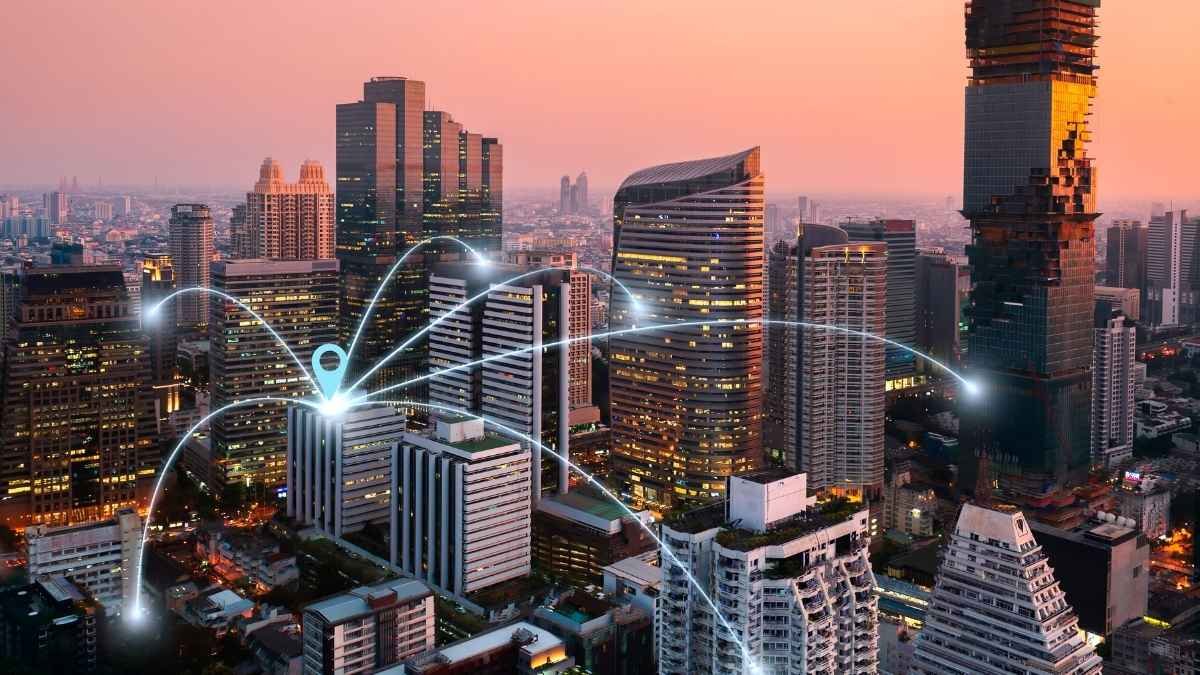
Our biology was perfected over eons to sync with the sun. But in just a few generations, we’ve completely upended that relationship. We live our lives in climate-controlled boxes, bathed in a constant, artificial glow. This mismatch isn’t just making us tired; it’s an invisible force that’s actively accelerating the aging of our brains.
The Double Whammy of Getting Older

As we age, our internal clock naturally starts to lose some of its precision. It’s a process called “chronosenescence”. This is why many older adults find themselves waking up earlier, sleeping less soundly, and feeling more tired during the day.
But there’s a second, crueler twist. The lens of our eye naturally yellows and gets cloudier as we get older. It acts like a built-in filter, blocking the very blue light our aging clock desperately needs to get a clear signal. It’s estimated that our eyes lose about 1% of their light-transmitting power every year after age 18. By the time you’re 60, you might need three times as much light as a 20-year-old to get the same biological effect.
So, you’ve got a weaker clock that needs a stronger signal, but your eyes are delivering a weaker, more muffled signal. It’s a vicious cycle. And when you add in a lifestyle that involves spending most of the day indoors in dim light, you’re facing a triple threat. Your brain is being starved of the one thing it needs to keep time.
When Light Becomes a Toxin
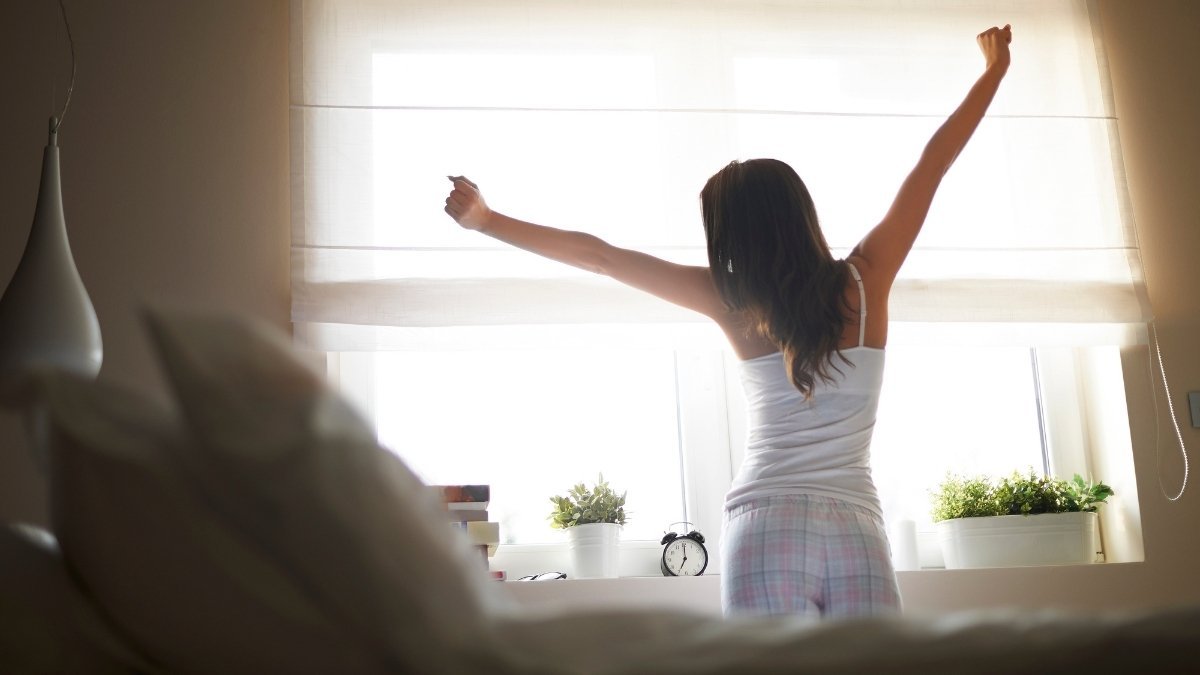
We think of light as information, but it’s also energy. And when that energy is delivered in the wrong dose or at the wrong wavelength, it can be directly harmful to our cells.
Think of it like a low-level sunburn, but on a cellular level. Intense blue light has been shown to create “reactive oxygen species” (ROS)—think of them as little molecular sparks—that can damage the vital energy factories in our retinal cells, called mitochondria. This can trigger the cells to self-destruct.
And it’s not just blue light. A truly startling study found that a specific wavelength of orange-red light (610 nm), commonly found in fluorescent bulbs, is particularly toxic to dopamine neurons. The loss of these specific neurons is the hallmark of Parkinson’s disease. This doesn’t mean fluorescent lights cause Parkinson’s, but it points to a scary possibility: that our artificial light environment could be a contributing factor to neurodegeneration. Even UV radiation has been shown in animal models to impair memory and stop the birth of new brain cells in the hippocampus, the brain’s memory center.
This forces us to see our light environment not just as a matter of convenience, but as a kind of “photonic diet.” A day spent under artificial lights is like a diet of junk food—it provides energy, but it’s the wrong kind, leading to cellular stress and inflammation.
Living in a Never-Ending Twilight
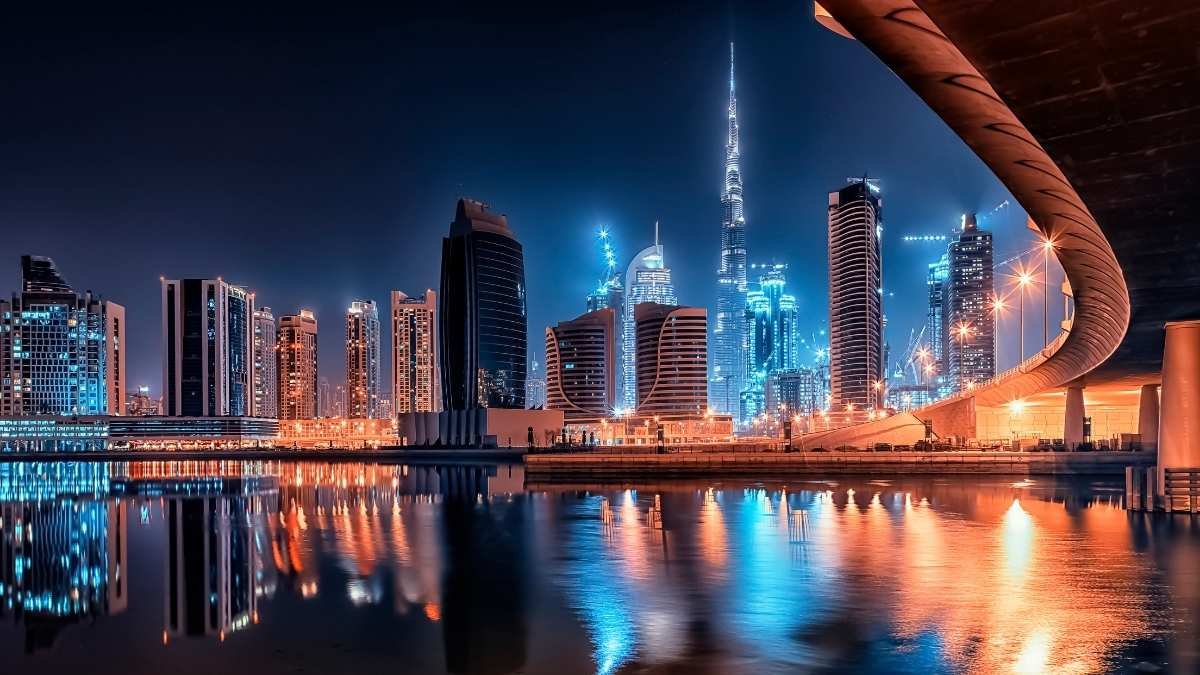
The soft glow of city lights at night might look beautiful, but it’s a form of pollution. And it’s everywhere. An estimated 83% of the world’s population—and a staggering 99% of people in the U.S. and Europe—live under light-polluted skies. This artificial glow is expanding by over 2% every year.
This isn’t just an issue for astronomers anymore. It’s a massive public health crisis in the making. A major study in the United States found a direct, powerful link between the brightness of outdoor nighttime light and the prevalence of Alzheimer’s disease. This link held up even after accounting for other risk factors like obesity and diabetes.
Here’s the most shocking part: for people under 65, nighttime light exposure was a stronger predictor of Alzheimer’s prevalence than any other disease factor they looked at.
The chain of events is terrifyingly logical:
- Artificial light at night confuses the Boss.
- This messes up your sleep, especially the deep, restorative stages.
- The brain’s cleanup crew (the glymphatic system) can’t do its job properly.
- Neurotoxic junk like amyloid-beta builds up, which is exactly what you see in an Alzheimer s-riddled brain.
This changes everything. It means that fighting dementia isn’t just about diet, exercise, or genetics. It’s also about environmental design. It’s about reclaiming the darkness.
Why “Jet Lag Brain” Is a Real Thing

The damage from a messed-up light schedule isn’t just about failing to clean up waste. It also stops the brain from building and repairing itself.
Your hippocampus—that memory center we talked about—is one of the few parts of the adult brain that can still grow new neurons, a process called neurogenesis. This is crucial for learning and staying mentally flexible. And, you guessed it, neurogenesis runs on a circadian rhythm.
Animal studies are brutally clear on this. When you put mice in a constant light environment or mess with their light-dark cycle, their brains literally stop making as many new neurons. And what happens then? Their memory tanks. They struggle with tasks that require them to learn and remember spatial information.
This is so important to understand. A bad light diet doesn’t just make you feel “off.” Over time, it physically degrades the structure of your brain, making it less plastic, less resilient, and accelerating the cognitive decline we associate with aging.
The Angle of Health: Your Guide to a Better Light Diet
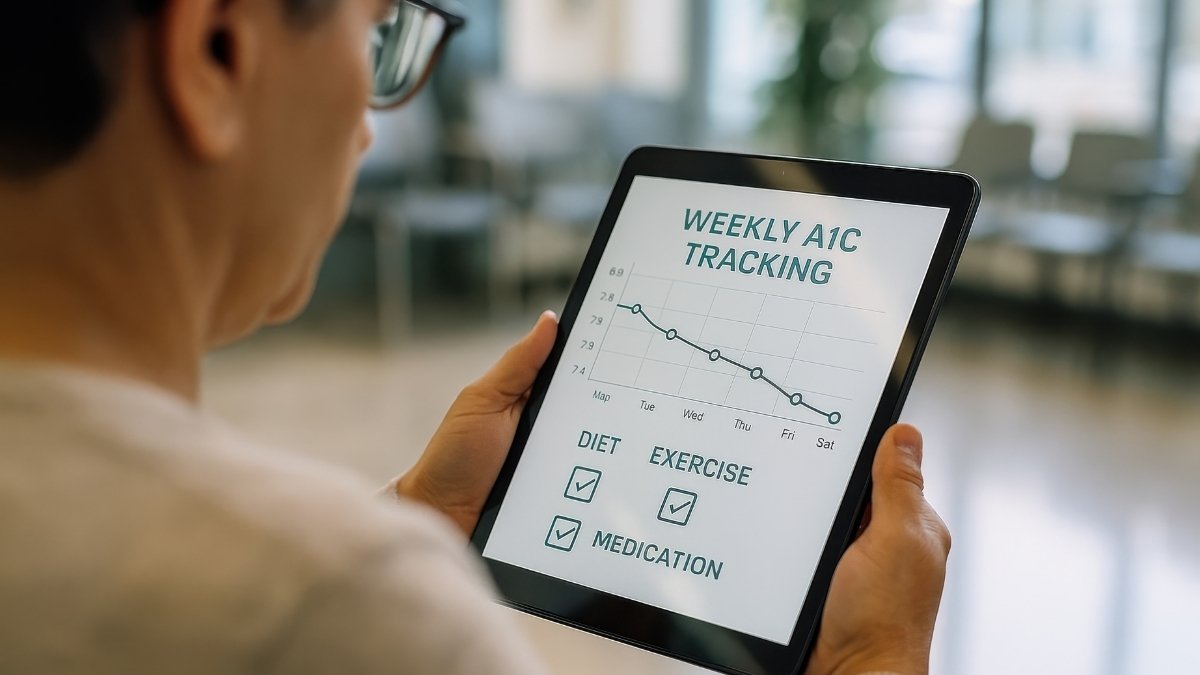
Okay, that was a lot of bad news. But the science that reveals the problem also gives us a clear, actionable solution. It’s not about living in a cave. It’s about being intentional. It’s about rediscovering the specific kind of light your brain is craving. And the secret, it turns out, lies in the angle of the sun.
The Magic of a Low Sun

This is the core idea, and it’s brilliant in its simplicity. The most important light for your brain isn’t the intense glare of the midday sun, but the gentle, color-rich light you get shortly after sunrise and just before sunset.
Here’s why. When the sun is low in the sky, its light has to travel through more of the Earth’s atmosphere to reach you. This journey filters out and scatters the harsh, short-wavelength blue light, leaving a beautiful, unique mix of longer wavelengths—the yellows, oranges, and reds of a sunrise or sunset.
Our brains evolved over millions of years to recognize this specific “light recipe” as the definitive signal for “day start” and “day end.” It’s a rich, complex, high-fidelity signal. In contrast, the light from your LED bulb is a static, narrow, low-fidelity signal. It’s like the difference between hearing a live orchestra and a tinny ringtone.
There’s even evidence that the angle matters for other reasons. Blasting your head with high-angle, overhead sun can raise your core body temperature and directly impair your cognitive performance. It’s another hint from our biology that we should be seeking the gentle, informational light of the morning and evening, not the raw energy of noon.
Sunlight vs. a Lightbulb: It’s Not Even a Fair Fight
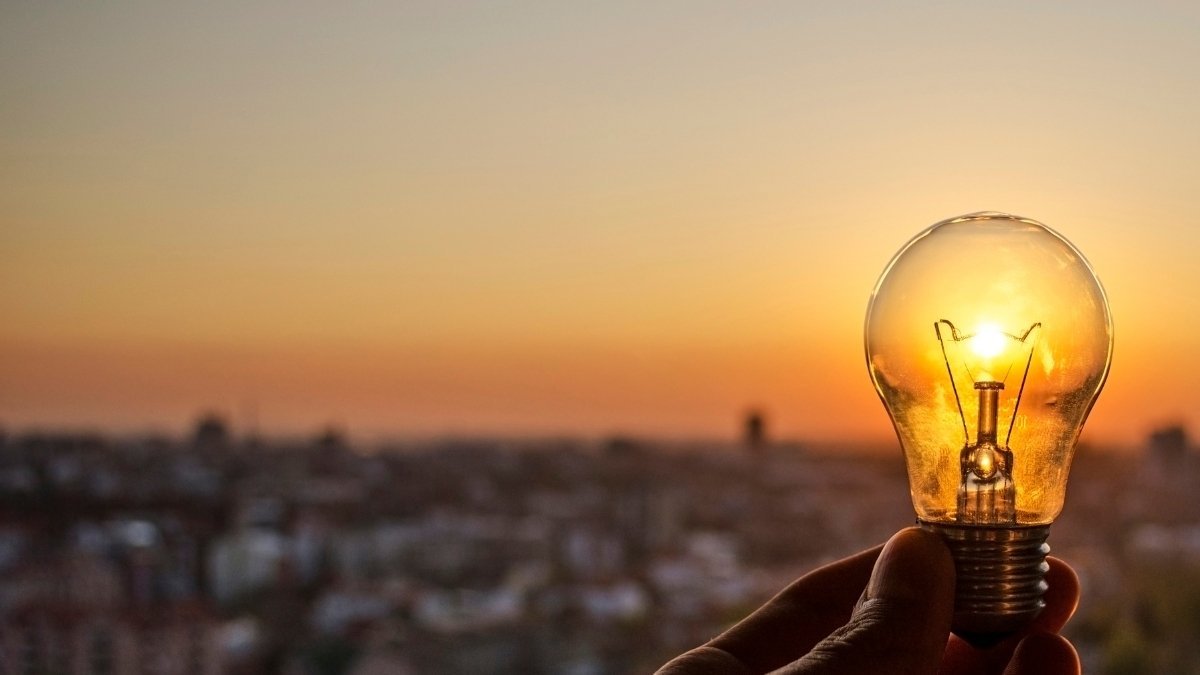
Natural daylight is “full-spectrum.” It contains a balanced mix of all the colors, and that mix changes dynamically throughout the day. It’s a constant stream of information telling your brain the precise time.
Artificial light is the opposite. It’s “narrow-spectrum,” usually with a big, unnatural spike of blue light, and it’s static. It doesn’t change. It gives your brain the same monotonous signal at 9 a.m. as it does at 9 p.m..
The consequences are huge. A life lived with plenty of natural light is linked to better sleep, better mood, and sharper thinking. A life lived under artificial light is linked to sleep disorders, depression, anxiety, and even a higher risk for metabolic and cardiovascular disease.
We now spend about 90% of our time indoors. We’ve put ourselves in a state of “informational malnourishment.” We’re feeding our brains a diet of processed light, and we’re wondering why our internal systems are breaking down. The problem isn’t just that our nights are too bright; it’s that our days are too dim. This weakens our whole system, making us even more vulnerable to the damage of a little bit of light at the wrong time.
Your Simple, 24-Hour Light Plan
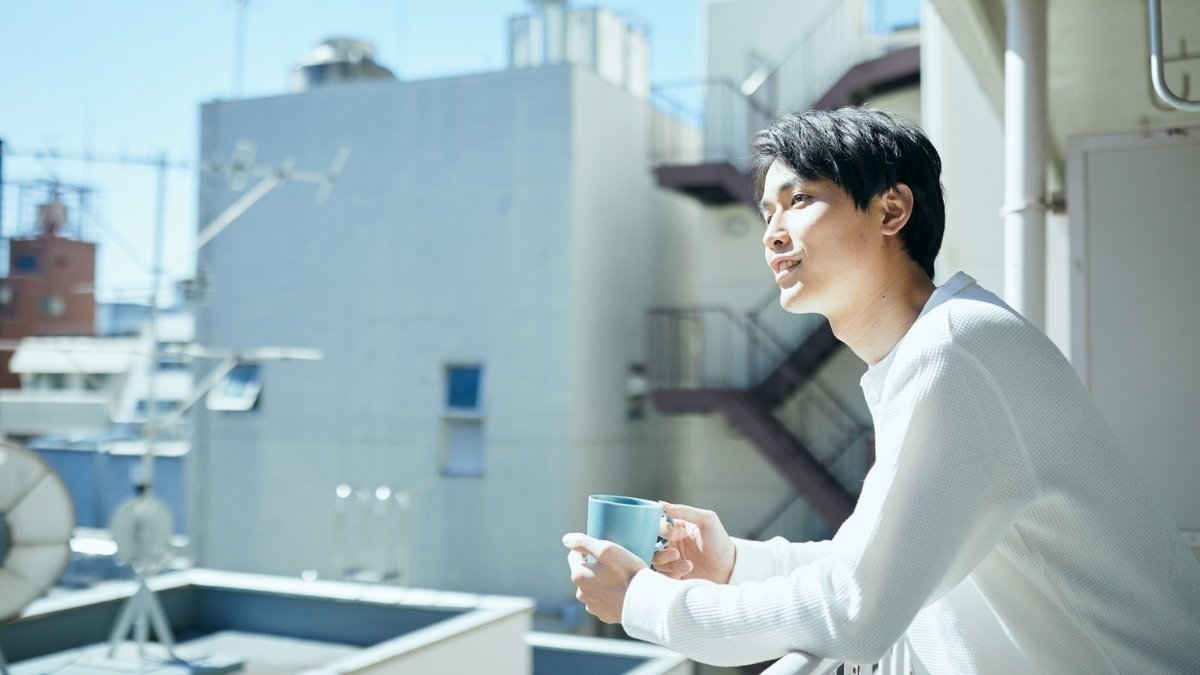
So, how do we fix this? It’s about creating a clear, high-contrast signal for your brain. It’s about making your days bright and your nights dark. Here’s a simple, science-backed protocol you can start today.
- Morning (The First Hour You’re Awake):
- What to do: As soon as you can, get outside for 5-20 minutes. No sunglasses. On a sunny day, 5-10 minutes is great. If it’s overcast, aim for 15-20 minutes. The good stuff still gets through the clouds.
- Why it works: This is the most important step. You’re hitting the master reset button on the Boss. You’re getting that healthy cortisol spike, shutting down melatonin, and setting the timer for a great night’s sleep 12-14 hours later.6 And please, don’t try to do this through a window. Glass filters out the key wavelengths.
- Daytime (Until Mid-Afternoon):
- What to do: Let there be light! Work near a window if you can. Keep your indoor lights bright and overhead. Take a few short breaks to step outside.
- Why it works: You’re reinforcing the “it’s daytime!” signal, which keeps you alert, focused, and in a better mood.
- Late Afternoon (As the Sun Gets Low):
- What to do: If you can, pop outside again for another 5-10 minutes to see the setting sun.
- Why it works: This gives the Boss a second, powerful signal that the day is ending. Neuroscientist Andrew Huberman suggests this can even help offset some of the damage from artificial light you might see later in the evening.
- Evening (After Sunset):
- What to do: This is where you create your own “biological darkness.” Dim the lights. Turn off bright overheads and use warm, low-level lamps instead. And the big one: get off all screens—phones, tablets, TVs—for at least 2-3 hours before bed.
- Why it works: Darkness is the cue for your brain to start making melatonin. Any bright light, especially the blue light from screens, will slam the brakes on that process, making it harder to fall asleep and wrecking your sleep quality.
☀️ The Circadian Light Exposure Protocol 😴
Recommended Action:
Go outside for direct sunlight exposure. Do not wear sunglasses.
Biological Objective: Anchor the circadian clock; trigger cortisol awakening response; suppress melatonin.
Recommended Action:
Work near a window or use bright overhead lights. Take outdoor breaks.
Biological Objective: Maintain alertness, focus, and mood; reinforce the daytime signal.
Recommended Action:
View the setting sun.
Biological Objective: Provide a secondary “end of day” signal; it may mitigate the effects of evening artificial light.
Recommended Action:
Dim all lights. Avoid overhead lighting.
Biological Objective: Allow for the natural rise of melatonin; begin preparing the body for sleep.
Recommended Action:
Eliminate all screen use. Keep the environment as dark as possible.
Biological Objective: Protect melatonin production; facilitate rapid sleep onset and high-quality sleep.
Need a Little Extra Help? A Few Tools That Can Make a Difference
Look, changing habits is tough, especially when you’re fighting against your modern environment. While the best tools are free—like stepping outside in the morning—sometimes a little bit of technology can help bridge the gap and make these new routines stick. Think of these not as magic fixes, but as helpful allies in your quest to reclaim your natural rhythm.
1. A 10,000 Lux Light Therapy Lamp

For those dark winter mornings, or if your schedule has you up before the sun, a light therapy lamp is the next best thing to actual sunlight. It provides that powerful, bright signal your brain needs to wake up, shut down melatonin, and start the day feeling alert. A 20-30 minute session while you have your coffee can make a world of difference.
2. Blue-Light-Blocking Glasses (for Evening Use)

Remember, the goal at night is to signal to your brain that it’s time to wind down. These glasses are perfect for the last 2-3 hours before bed. They filter out the specific blue light from screens and overhead lights that kills your melatonin production, helping you feel naturally sleepy when you should. They’re not for eye strain during the day; they’re a specific tool for protecting your sleep at night.
3. True Blackout Curtains

Creating a pitch-black sleeping environment is one of the most powerful things you can do for your sleep quality. True blackout curtains block streetlights, car headlights, and the early morning sun, ensuring your brain’s melatonin production stays high all night long. This is non-negotiable for shift workers and a game-changer for everyone else.
4. A Contoured “Zero-Pressure” Sleep Mask

If blackout curtains aren’t an option (or if you want to be extra sure), a high-quality sleep mask is your best friend. Look for one with contoured eye cups, like the Manta Sleep Mask, that block 100% of light without putting any pressure on your eyelids. It’s perfect for travel, naps, or just ensuring total darkness in any environment.
5. Warm-Toned Smart Bulbs

You can automate your evening wind-down routine with smart bulbs. Set them to automatically shift to a warm, dim, amber, or red tone after sunset. This removes the harsh blue light from your environment and creates a relaxing, cave-like atmosphere that encourages your brain to prepare for sleep without you even having to think about it.
Real-Life Hacks for a Messy World
Look, life is complicated. What if you wake up before the sun? What if you work the night shift? Science has answers for that, too.
If you can’t get real sun in the morning, a 10,000-lux light therapy box can be a decent substitute. Use it for 20-30 minutes when you wake up to give your clock that essential jolt.
For shift workers, light becomes a strategic tool. The goal is to create a new, consistent schedule. This might mean using a bright light at the start of your night shift to trick your body into thinking it’s morning. Then, crucially, when your shift ends and the real sun is rising, you wear blue-light-blocking glasses on the way home. This stops the sun from sending a confusing “wake up!” signal, allowing you to get restorative sleep during the day.
And that brings us to blue-light-blocking glasses. Let’s be clear about what they do and don’t do. The American Academy of Ophthalmology says there’s no evidence that blue light from screens damages your eyes or that these glasses prevent digital eye strain. That strain comes from just staring and not blinking enough. However, the science is absolutely solid that blue light does wreck your circadian rhythm at night. So, the best way to use these glasses is not during the day, but for the last 2-3 hours before you want to sleep. They can help protect your melatonin production from the glow of your lights and screens.
The message from all the top experts—Andrew Huberman, Satchin Panda, Matthew Walker—is remarkably consistent. Our modern world has blurred the lines between day and night. Our days are too dim and our nights are too bright.
Your brain health depends on the contrast.
So, if you do nothing else, just do this one thing: tomorrow morning, when you wake up, before you check your phone, before you make your coffee, just step outside for five minutes. Let the sun hit your face. It’s the simplest, most powerful thing you can do to reset your brain, reclaim your energy, and start pushing back against the unseen forces of our modern world. Your brain will thank you for it.





